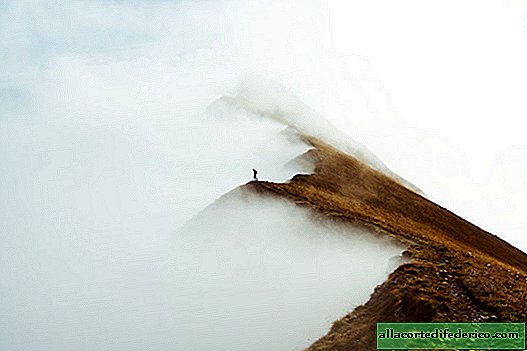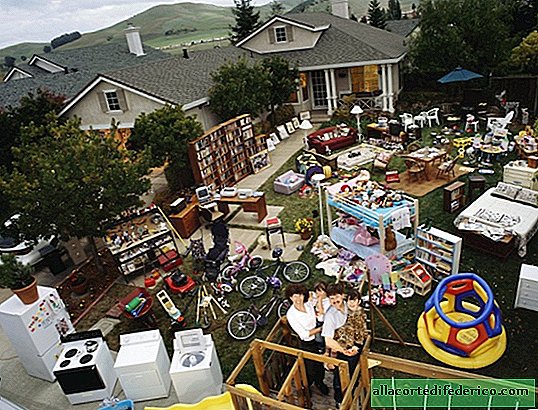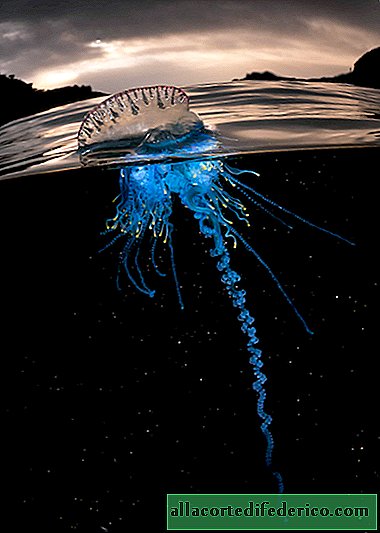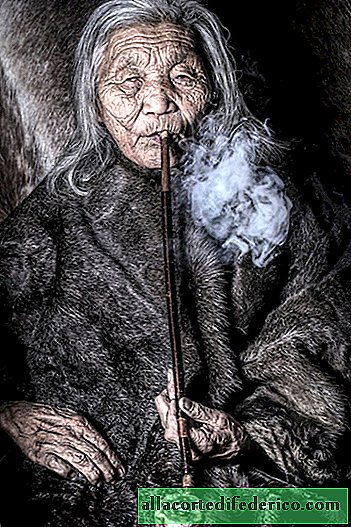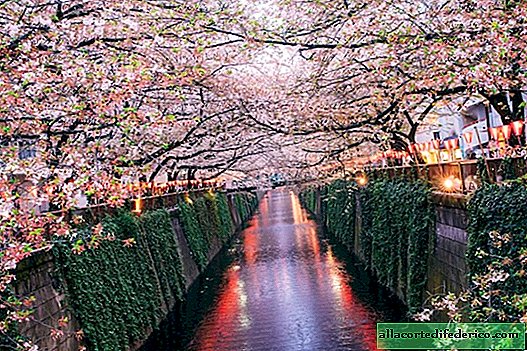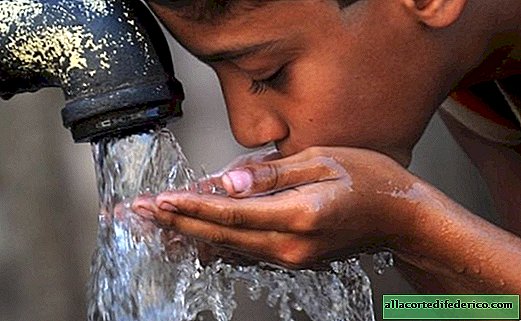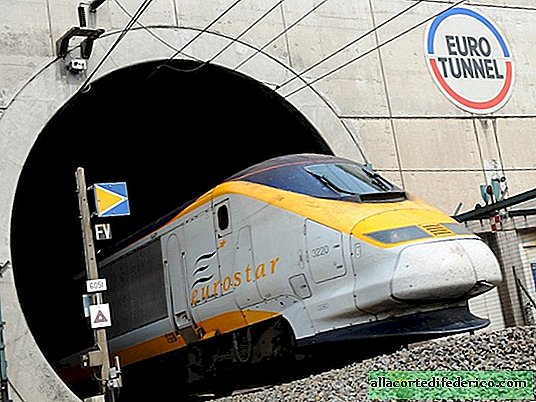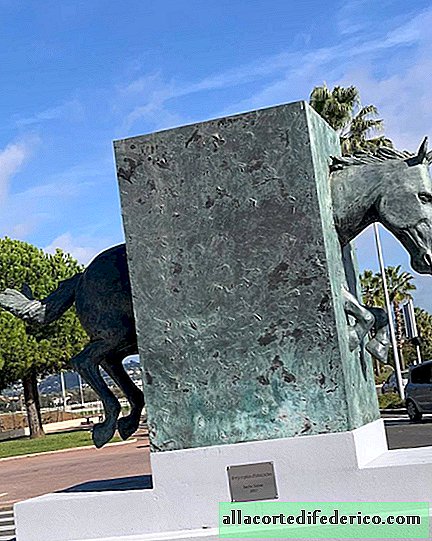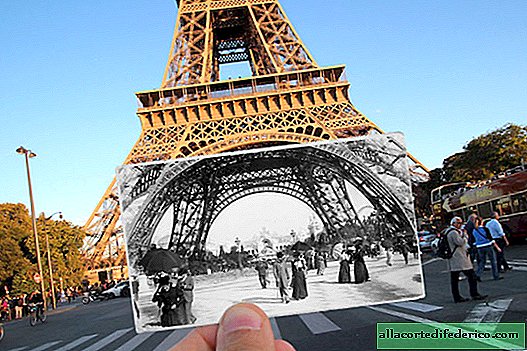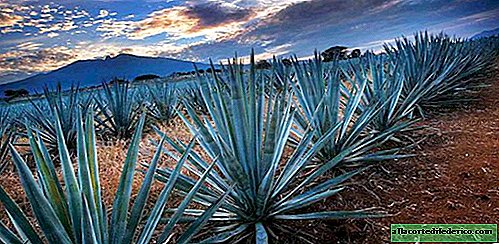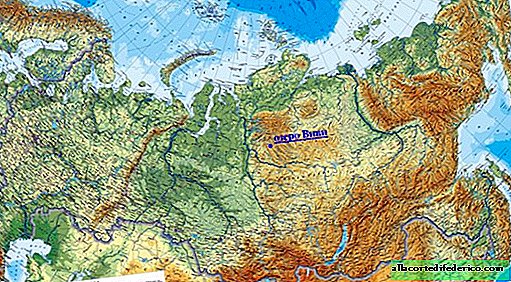Uyuni solonchak: the largest mirror in the world and hotels where they ask not to lick the walls
This amazingly beautiful place is located in the southwestern part of Bolivia, on the Altiplano plateau. Thousands of tourists visiting these unusual places spend the night in cozy mini-hotels built right at the bottom of the dried up lake of Uyuni. Walls, floors, pillars for the ceiling, bar counters, chairs, tables, sofas in the hall and beds - all in these hotels are carved from salt blocks or made of salt bricks.
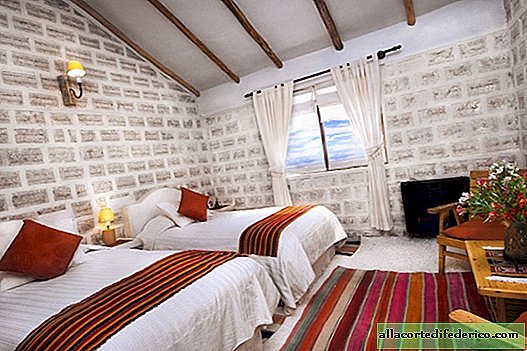
It is interesting that Uyuni is the largest salt marsh on the planet. It is located on the site of a dried lake of the same name at an altitude of more than 3,600 meters in the Andes, and its area is almost 10.6 thousand square meters. km

The main minerals from which local rocks are formed are gypsum, halite, and common table salt, which produces about 25 thousand tons per year. In addition, there are huge reserves of lithium chloride, a valuable raw material for metal mining, but they are not yet developed. According to experts, the Uyuni solonchak contains from 50 to 70% of the world's lithium reserves, which is mainly used for the production of batteries.

It turns out that the Uyuni salt marsh is used not only for salt mining and in the tourism industry. Due to its size, it has found unusual use in the space industry. In the rainy season, from November to March, the dried lake is covered with a thin layer of water and becomes the largest natural mirror in the world. Such a surface has a very high albedo - reflectivity. This property of the Uyuni solonchak is used to configure remote sensing devices for the planet installed on artificial Earth satellites. Interestingly, the water in the solonchak comes from the famous Lake Titicaca, located north of Uyuni. Excess water flows into Lake Poopo and further along the rivers to the Altiplano Plain, where the dried lake is located.

In the fall, three closely related species of flamingos that live in the tropical regions of South America fly to this amazing place for breeding. Many travelers come here from October to December specifically to enjoy these graceful birds.

Another attraction of these places, which is often visited by tourists, is the so-called "locomotive graveyard". These are several broken locomotives left here in the 40-50s of the last century, after mines developed by foreign companies were abandoned.

Staying in places like this where the air is saturated with salt vapor is very beneficial for people with respiratory problems. Local residents build unusual hotels and mini-hotels for tourists from the Uyuni salt. There are already several architectural masterpieces of salt here, and we will not repeat each of them. Prices range from 2,000 to 10,000 rubles for a double room. The owners of the original hotels are asking visitors not to lick the walls and are careful about interior items. Along with SPA procedures, salt saunas and bathtubs, one of the hotels will offer you to attend golf courses. Several holes were made on the surface of the salt marsh, and from April to November you can play here on the most unusual golf course in the world.

Among other things, the salt landscapes of Uyuni are an ideal place for lovers of interesting photo compositions.






